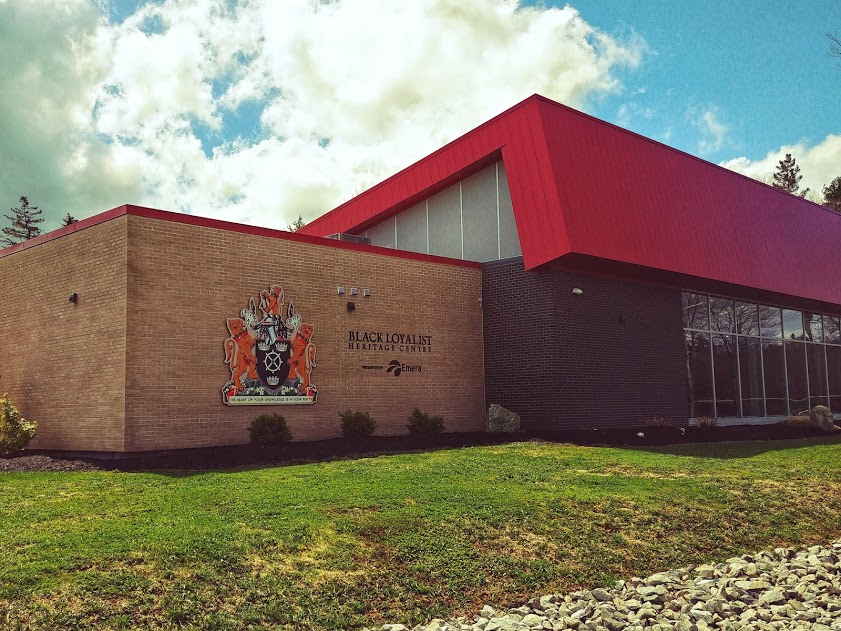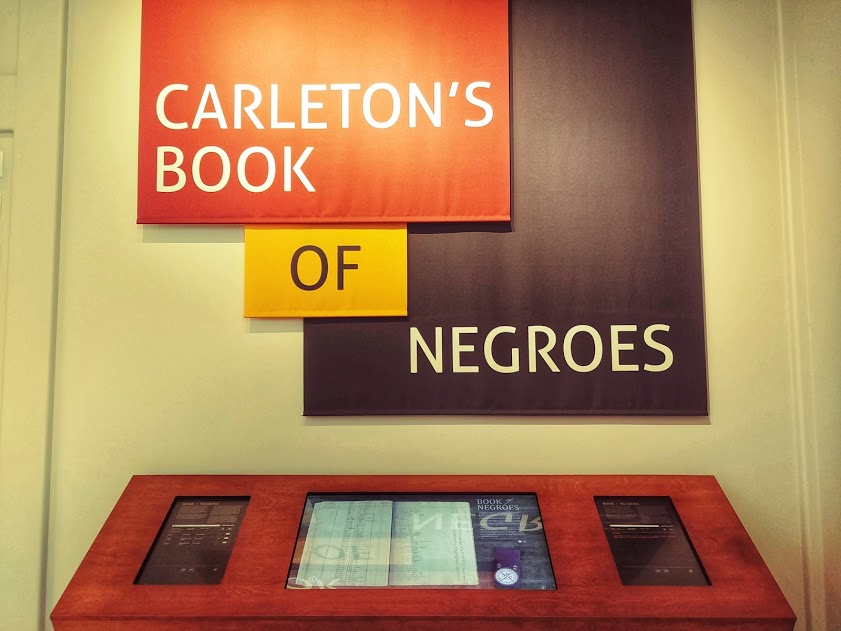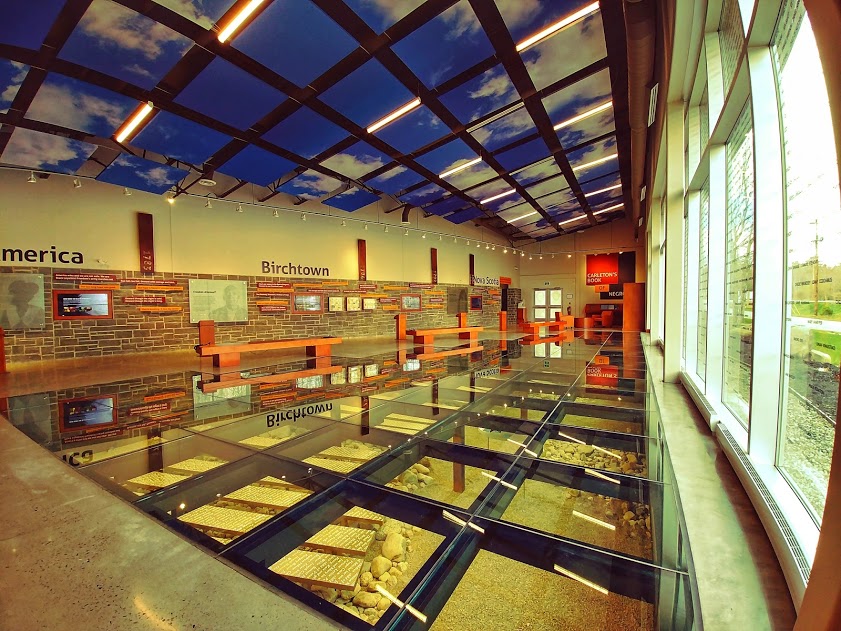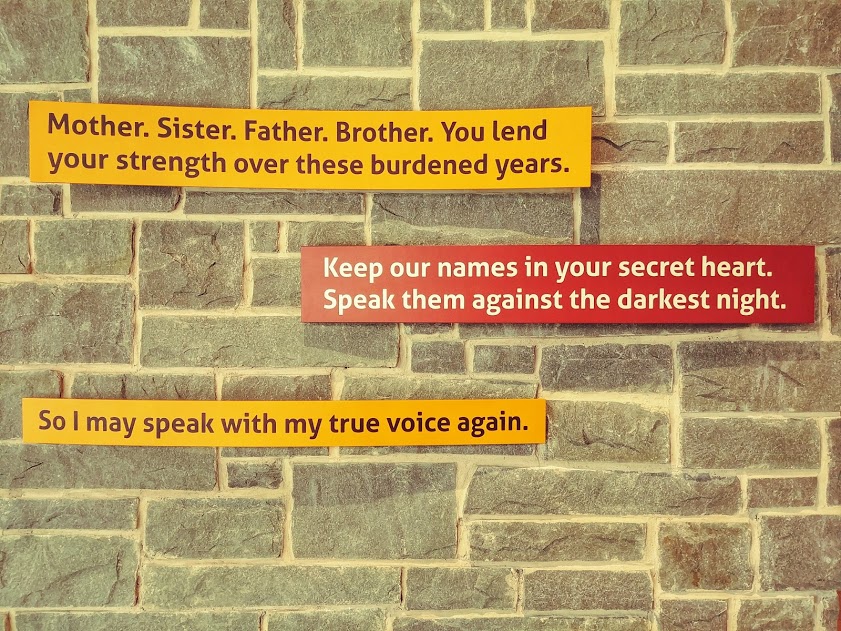There are so many reasons to visit the Black Loyalist Heritage Centre in Shelburne, for reasons of accessibility and content! If you’ve ever read Lawrence Hill’s award-winning novel, “The Book of Negroes” (published as “Someone Knows My Name” in the USA, Australia, and New Zealand) then you may recall the community of Birchtown, located in Shelburne, in the story. Reading the book is certainly not required to enjoy the Centre, but reading the book before or after your visit will enrich your experience.

Some things of note:
- There is plenty of parking but it is a small walk from the parking area to the main building.
- The facility is wheelchair accessible and even the gift shop has plenty of room for mobility devices.
- There are so many places to sit down when/if you need to, which is unlike most museums I’ve visited! I was thrilled to find that there are stools, benches, and even a couple of inviting arm chairs.
- The interactive exhibits, with the exception of one that I can think of, were set at a level so that they would be easily accessible to someone in a wheelchair, someone who was short, or an older child (they were also easily used by someone of *average* height-I’m 5’6″).
It is a small museum but it is extremely well laid out and user friendly. When you are admitted you receive a business card with a name and a bit of information on it. From there you can access four stations with laminated flip books of information (in aphabetical order by last name) that tell the story of the character whose name you have on your card. It helped to personalise the experience and give insight into the fuller lives of the people who once settled in the area. There is also an electronic version of The Book of Negroes that you can search through, and the names in the book are on the windows and under panes of glass in the floor. The effect is quite beautiful and impactful.



There are stations where you can build your own digital quilt (it will be displayed on a screen on the wall and you can email it to yourself, if you like), benches where you can listen to information and other sound bytes (I enjoyed the singing–old blues and plantation-style work songs about freedom), and large touch screen monitors where you can see all kinds of pictures, documents and more related to Birchtown and the people who settled there.

Just seeing those shackles makes me feel so ill at ease but I accept that because to feel anything less would be worse. We’ve come a long way; we have so much further to go.

Quotes like these (above) can be found all over the walls.
Additionally, there is some information about the Mi’kmaq peoples who are indigenous to the land. Indigenous cultures and rights are near and dear to my heart based on my life experiences and I was pleased to learn that the local Mi’kmaq peoples welcomed those who were escaping slavery, including sharing practical knowledge about shelters (pithouses) and food sources. It’s never a surprise to me that the Indigenous Peoples of Canada could lead the way in being stewards of both the land and the people in that they are historically generous and take responsiblity for the well-being of each other and others.
This Centre is an important and interesting place to visit. For more information including hours, admission fees, etc. please visit their website:
